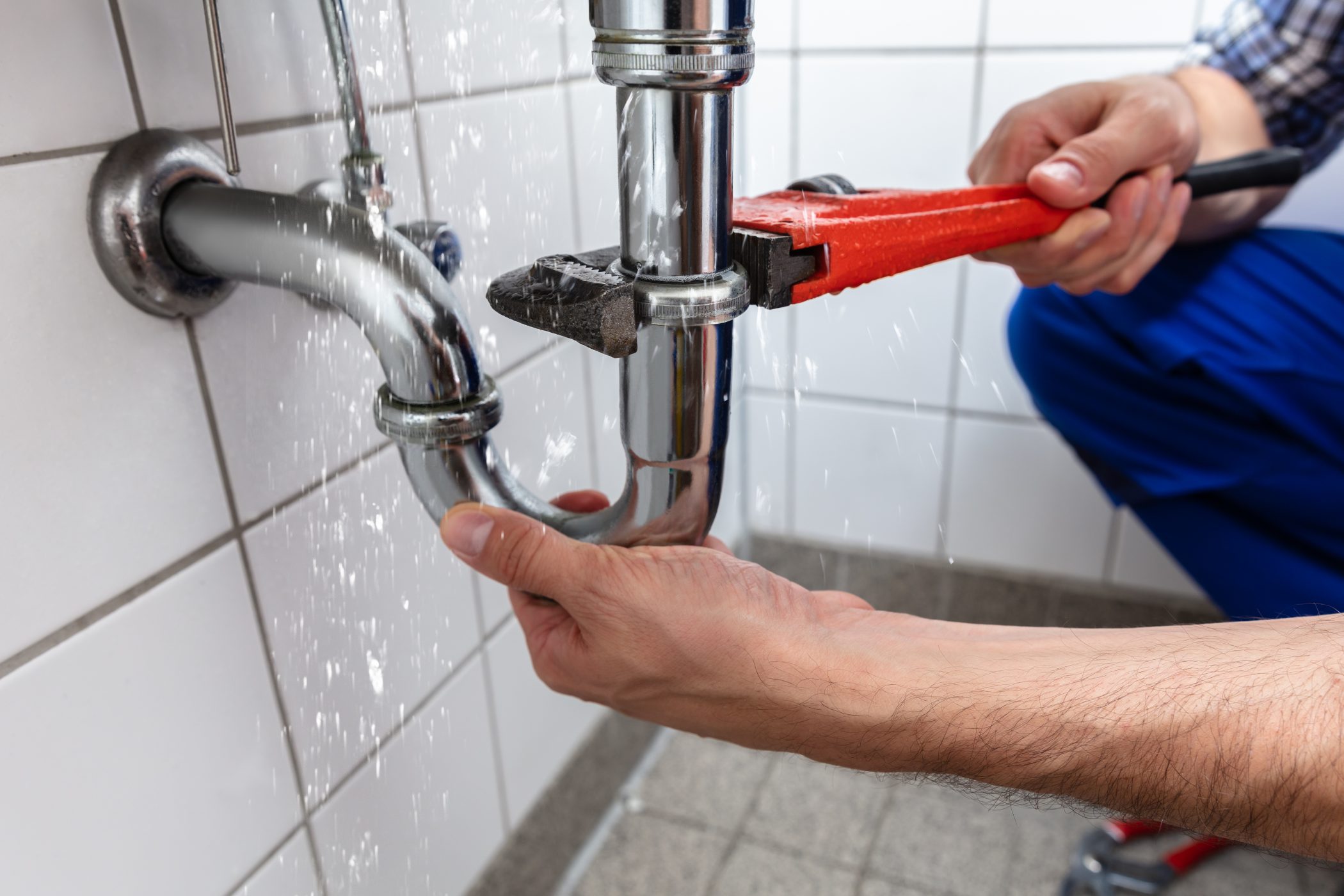Every drop of clean water is important. However, statistics show that 30% to 50% of clean water is lost because of aging infrastructures. Water is lost through leaks, cracks, and even in loose fittings on residential plumbing. Early detection can save you money and can help you prevent potential disaster. Here are a few things you can do to detect plumbing leaks at your home.
1. Monitor your water meter
One of the easiest ways to check if you have plumbing leaks at home is to check your water meter. To start, make sure that you turn off all water outlets in your home. This includes faucets and hose bibs. Also, make sure to check if your washing machine and your dishwasher is not running. Then check your water meter and monitor if there are any changes or movements. If there are any, it could be an indication that you have a water leak.
A fast moving meter with all the outlets shut off means you are losing water fast. If you observe the water meter to move slower despite closing all the water outlets, you could be facing a slow leak. Either way, this means that you are losing water that should be located after the meter but can be anywhere – including underground. That said, remember that plumbing past the meter is a homeowner’s responsibility.
2. Compare your water bills
If you still can’t point your finger at it and checking the water meter does not help, you can compare your previous water bills. Anything that gets past the meter is recorded in your water bill. So, check at least the past 3 months of your water consumption and see if you can see any slow or steady increase, especially if your consumption did not change. Any changes in your bill, unless you just drained and started a pool, should be tell tale signs of water loss. However, make sure that you also check the service charge section as any subtle change in your bill can be caused by things like water, drainage and sewerage service fees. Other than that, the changes in your bill may indicate a leak somewhere in your house.
3. Check where the grass is greener
Another thing to consider are green patches in your backyard. Especially if you’re unable to find any signs of leak inside the house. An area in your yard where the grass grows faster and greener compared to the area around it could mean that there is a leaking pipe buried underneath. If the leak is fast and effusive, you may even find a puddle of muddy water near the green area. To make sure that it’s not coincidental, mark the puddle or green area and check on it the following day. If this does not change even after several days of observation, having it checked by a professional leak detector may be in order.
You may also want to check spigots on your garden and attach a hose. If water seeps through even with a running hose, you might need to replace your rubber hose gasket and check if there are loose connections.
4. Try the tinted toilet method
It does have a ring to it right? While the name is something we just made up, adding some tint, dye, or food coloring on your toilet tank is actually a tried and tested method used by many professionals. If the tank is leaking, colored water will ensue in the bowl. If this happens, you can check for your toilet tank’s flapper or rubber stopper as it might have worn out. It’s normal for them to become brittle overtime and when they don’t work properly, water can trickle down from the tank into the bowl. You can either take the DIY route or call an emergency plumber to replace the flapper.
Things to Look Out for When Checking for Leaks
● Dripping sounds
● Wall discoloration
● Bubbling paint
Remember, when checking your home and your backyard for leaks, always lookout for signs that water is emerging. Leaks coming from a hanging pipe will give off a dripping sound while leaks from within a concrete wall can make the pain or wallpaper bulge or lose its color.
Conclusion
Plumbing leaks are something to be addressed immediately. Not only is it wasting clean water but any water lost from a leaking pipe is water you are definitely going to be paying for. Make sure to regularly check your bill and your water meter for any signs of leak.

